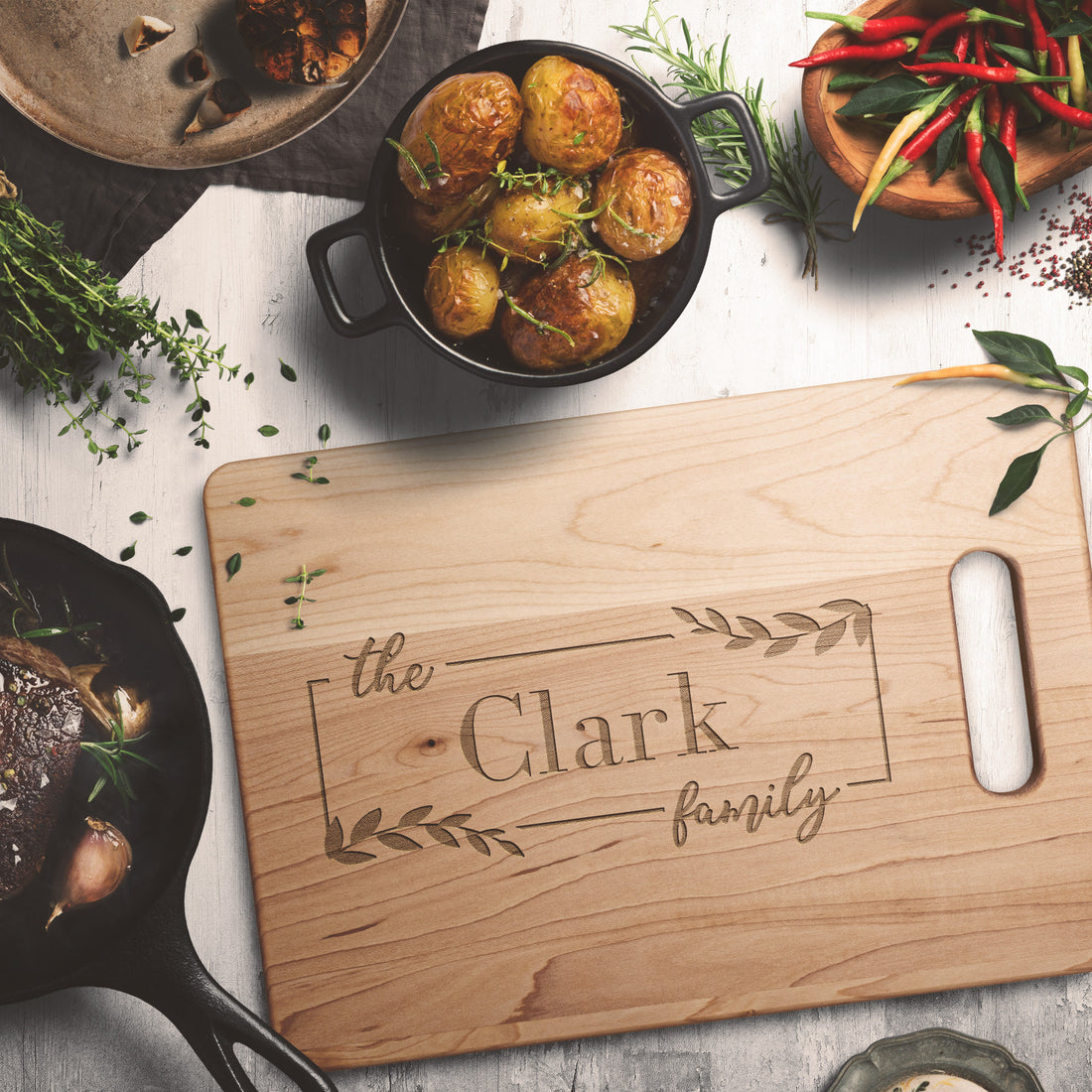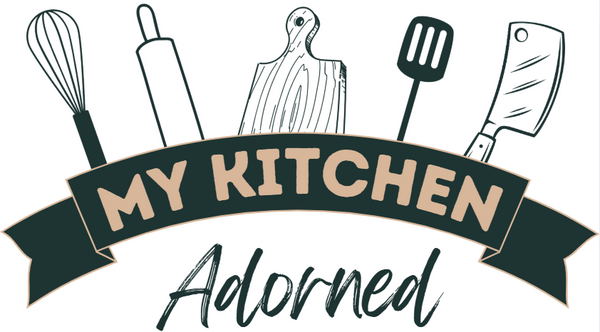
How to Care for a Maple Cutting Board
Share
Maple cutting boards are not only beautiful additions to your kitchen but also durable and reliable tools for food preparation. Proper care and maintenance are essential to ensure your maple cutting board remains in top condition for years to come. In this guide, we'll discuss the best practices for caring for your maple cutting board to keep it looking great and functioning well.
Why Choose Maple?
Maple is a popular choice for cutting boards due to its hardness, which makes it resistant to cuts and scratches. Additionally, maple has natural antimicrobial properties, making it a hygienic option for food preparation. Its tight grain structure also means it's less likely to harbor bacteria compared to other types of wood.
Cleaning Your Maple Cutting Board
- Hand Wash Only: Avoid putting your maple cutting board in the dishwasher, as the high heat and moisture can cause it to warp or crack.
- Use Mild Soap: Wash your cutting board with warm water and a mild dish soap after each use. Avoid harsh detergents or abrasive cleaners, as they can damage the wood.
- Scrub Gently: Use a soft sponge or brush to gently scrub the surface of the cutting board. Avoid using steel wool or abrasive scrubbers, as they can leave scratches.
- Dry Thoroughly: After washing, dry your cutting board with a clean towel immediately. Avoid air-drying, as excess moisture can lead to warping or cracking.
- Oil Regularly: To maintain the moisture content of the wood and prevent it from drying out, apply a food-grade mineral oil or beeswax finish to your maple cutting board every few weeks or as needed. This helps to seal the wood and protect it from moisture.
Removing Stains and Odors
- Lemon and Salt Scrub: For tough stains or odors, sprinkle coarse salt over the surface of the cutting board, then rub it with half a lemon. The acidity of the lemon helps to break down stains and neutralize odors.
- Baking Soda Paste: Make a paste using baking soda and water, then apply it to the stained areas of the cutting board. Let it sit for a few minutes before scrubbing with a sponge or brush and rinsing thoroughly.
- Vinegar Solution: Mix equal parts of white vinegar and water, then spray it onto the surface of the cutting board. Let it sit for a few minutes before wiping it off with a damp cloth.
General Tips for Maintenance
- Rotate Sides: To ensure even wear, periodically flip your cutting board over and use the opposite side.
- Use Cutting Mats: To protect your cutting board from excessive wear and tear, consider using cutting mats for particularly messy or acidic foods like raw meat or citrus fruits.
- Avoid Excessive Moisture: Store your cutting board in a dry location away from direct sunlight and moisture to prevent warping or cracking.
- Regular Inspections: Check your cutting board regularly for signs of wear, such as deep cuts or cracks. Sand down any rough areas and reapply oil as needed to keep the surface smooth and protected.
By following these simple tips, you can ensure that your maple cutting board remains a beautiful and functional kitchen accessory for years to come. With proper care and maintenance, your cutting board will continue to provide a safe and hygienic surface for all your food preparation needs.
